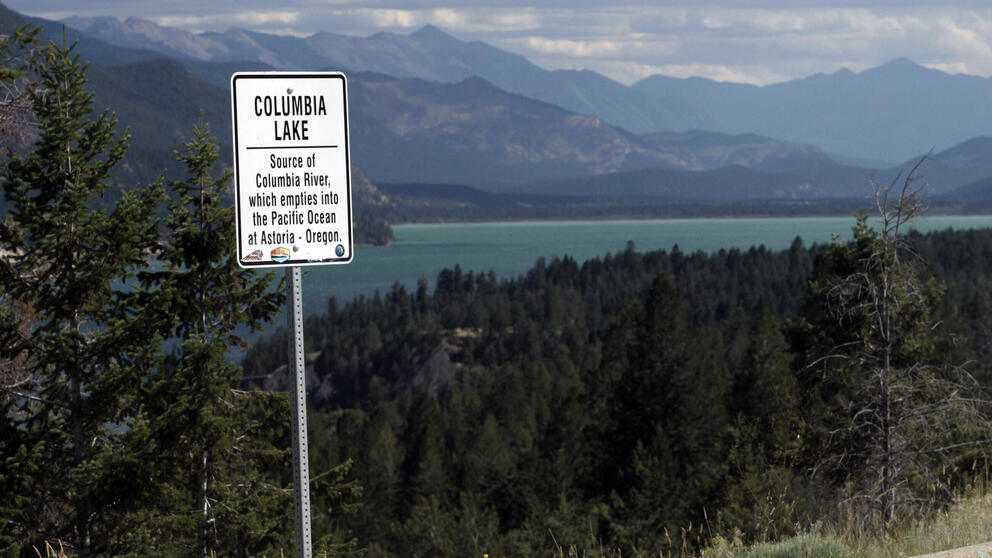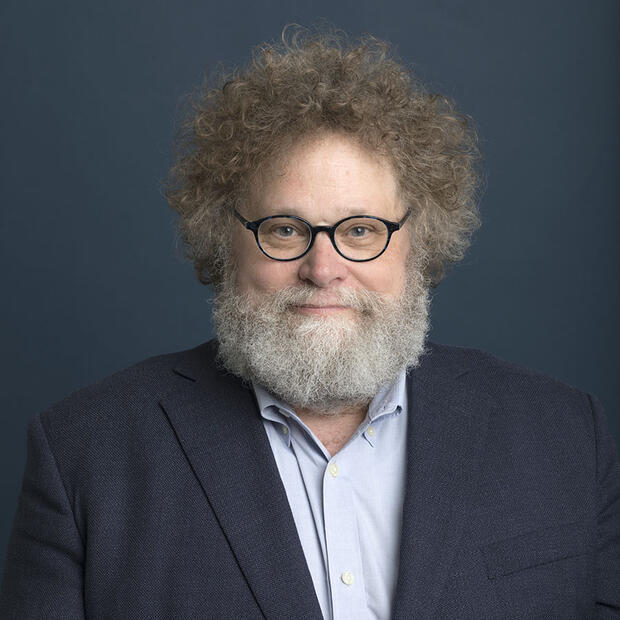Podcast | The beginning and end of the Columbia River
Knute Berger shares the story of the Northwest’s largest river, from its headwaters in Canada to the threat that climate change poses to its watershed.

Lake Columbia, the headwaters of the Columbia River. (Resti Bagcal/Cascade PBS)
The massive Columbia River travels more than 1,200 miles from start to finish. It crosses four mountain ranges, powers 14 hydroelectric dams and irrigates hundreds of thousands of acres of farmland, among other feats.
But its origins start humbly: in a gentle lake in the mountains of British Columbia.
Subscribe to Mossback on Apple Podcasts, Spotify, Amazon, YouTube or Podbean.
Cascade PBS’s resident historian Knute Berger journeyed to these headwaters for a recent episode of the Mossback’s Northwest video series, but there’s far more left to explore.
In this episode of Mossback, Berger joins co-host Stephen Hegg to share what it was like to make the trek to that peaceful lake in Canada where it all begins. Berger and Hegg also discuss the fur trade that kicked off an early-19th century era of exploration along the Columbia; the Welsh-Canadian explorer and cartographer known for navigating and mapping the entire river from start to finish; and the existential threat that climate change poses to the ice and snow that feed the river and its watershed.



